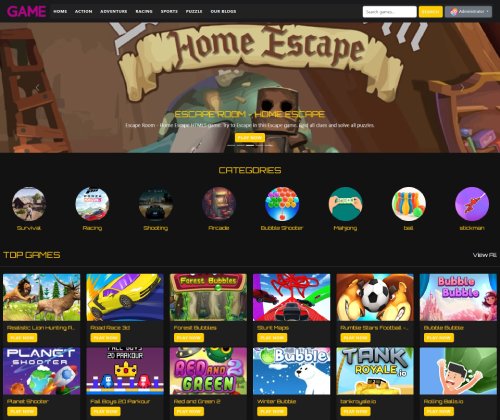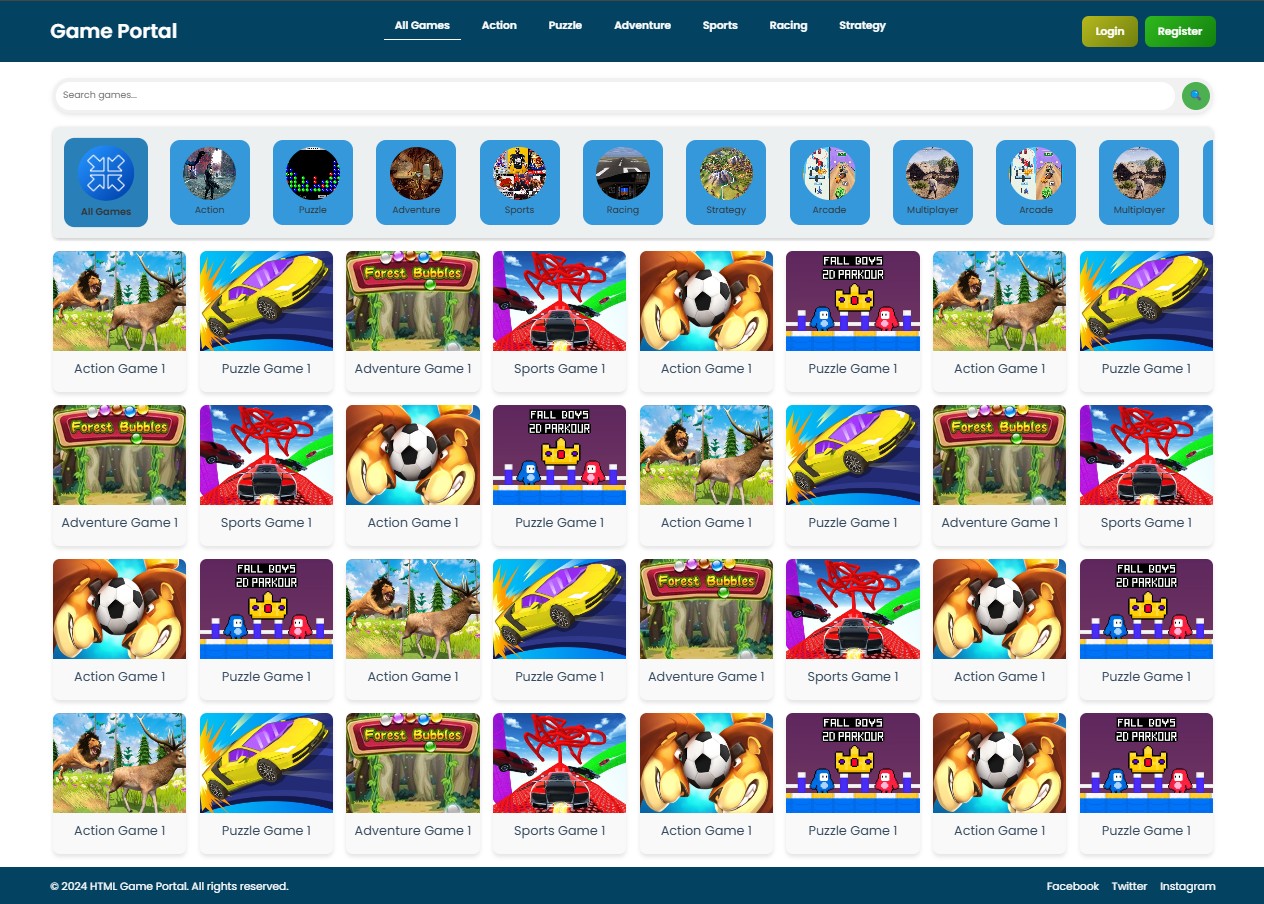Second blog post from my website
Published on: 07 September 2024

dhasjdh asdhasdjhasdhkaj jksdhfkjhdsjfhjkh dsfdjshfj dfsdj fhdshfk jhsdfhkjdsh fkjds kjdshfkjdsh kjfhdjshfjk sdhkjfhsdj fhkjsdh kjfhsdfhkjsdhfjksdhkjf hsjkdfjkdsh fjsdkjf hsdjf kjdsfhkjh fhkjfhkjdfhdjsflkjsdfksdjfk kdjsfksdj fkdjsfkl dsjf kdjsflkjds kfljdsljfkldjs fkljds kflsdjfkls jklfjds fkldjsfklsdkfljd sfklsdjfk jffsjfkjdskflsd jffksdjkfl jsdfkl djsfklds jfkldjs kfljdsfjlksdjfklj dsfjdkj kdjsfklsdj kfjsdfsdjfkldsf jskfklsjfklsdj kfjsdfj ksdfdsj fklsdjkfljds kfdsj klsdjfkdjf kljsdkfljs klfjds jfklsdjflksklf jsl




